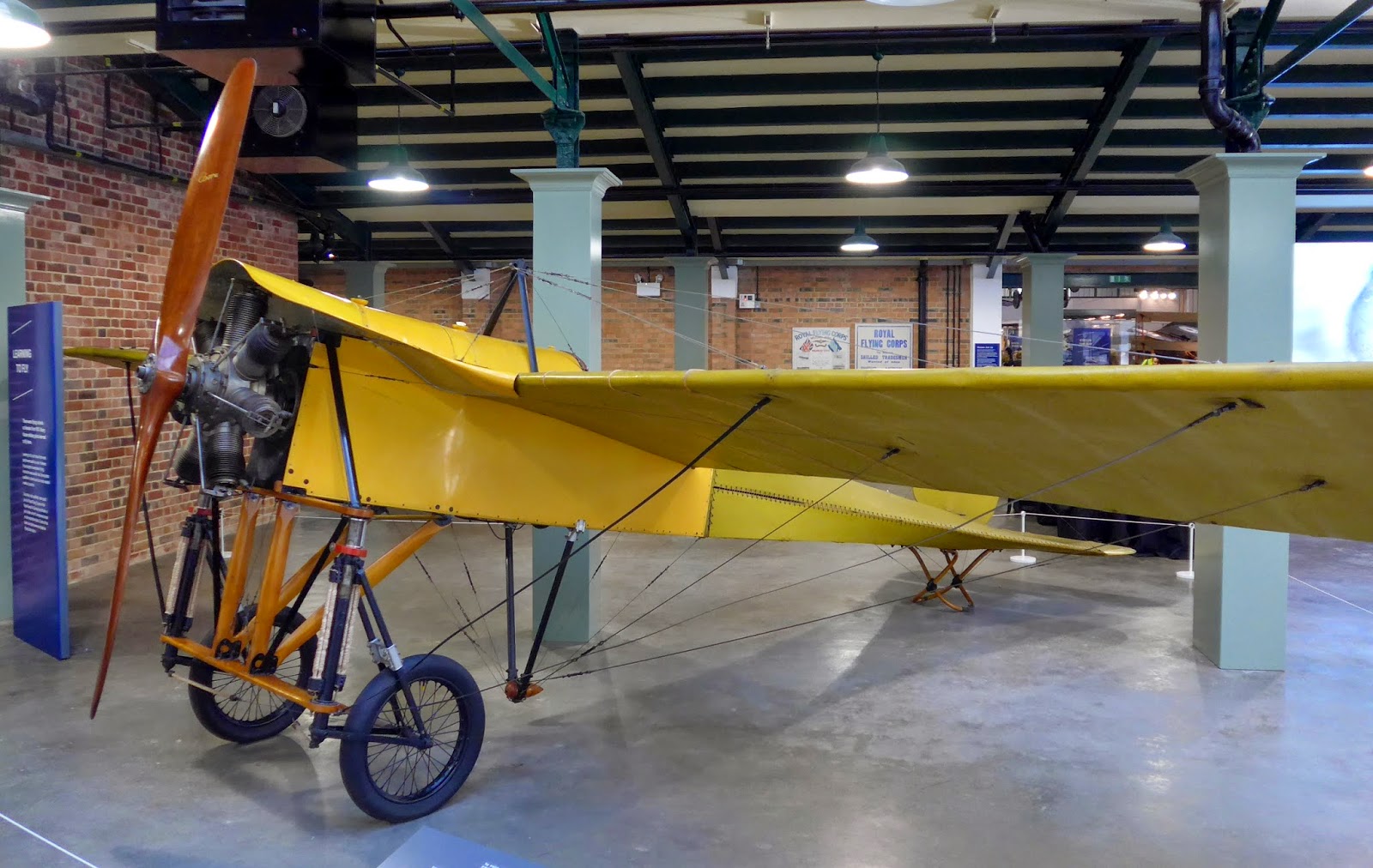There is only a week left to see the current incarnation
At present it is a very small museum.
Showing some of a huge collection of works of art,
part of the (hi)story of mental health care in the Maudsley Hospitals.
All the work has all been produced by current and former patients
whether they have had any formal art training or not.
Next to the paintings are labels,
which along with the artist's name and date,
tell us why, when and how they came to be patients of the Bethlem Royal Hospital.
Very moving.
I'll just tell you about a couple of the artists in the museum
who do happen to have have gone to art school,
however this is not a prerequisite for having your work on display.
whether they have had any formal art training or not.
Next to the paintings are labels,
which along with the artist's name and date,
tell us why, when and how they came to be patients of the Bethlem Royal Hospital.
Very moving.
I'll just tell you about a couple of the artists in the museum
who do happen to have have gone to art school,
however this is not a prerequisite for having your work on display.
Louis Wain.
Three years into his marriage, he began painting their cat,
who at the time gave great comfort to his wife with breast cancer.
Sadly she died, but not before encouraging him to sell his work.
His cat paintings captured the public's imagination.
His work was published in children's books, magazines, in the papers and in journals.
He also had his own annual published, over a period of twenty years.
He was recognised as a public authority on cats
with his theories about them giving off electricity, being magnetic and hating orange peel.
It wasn't all cats though,
as these beautiful gouache paintings of nature demonstrate,
produced during his struggle with his mental health in later years.
During our visit we comment that this painting reminds us
of brightly coloured embroidered tablecloths,
lots of small brush strokes that could well have been stitched in thread.
These two paintings were produced by Marion Patrick.
Admitted to hospital at only fifteen years old,
she later went to art college.
Even in this small space,
there are so many painings to look at.
Each with a story and challenge for the viewer.
This is especially true for 'The Maze' by William Kurelek.
which leaves us speechless with the portrayal of his mind.
His painting depicts a compartmentalised cross-section of his skull.
A labyrinth of scenes from his life,
with a rat trapped right in the middle with no way out,
who seems to have abandoned his escape and has stopped gnawing at the walls.
The Bethlem Museum of the Mind temporarily closes mid December.
It will move house and is set to reopen in a new building in February 2015
with a new gallery and learning spaces.
It will be worth a visit as it continues to follow its remit
of campaigning for access to the arts in healthcare environments.
As we left the Bethlem Museum I was struck by two things;
the opportunity that the patients had to create
and the value the hospital gave the patients and their work
by providing a place to exhibit it.
Art training or no art training,
I loved that!
More information on Bethlem Museum of the Mind
on their website, here.
I will be back in February to post about the new incarnation of
Bethlem Museum of the Mind.
Very much looking forward to it.


































.JPG)





















